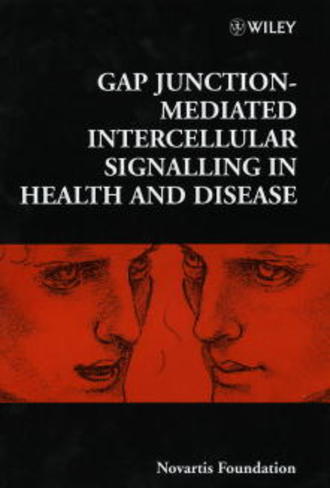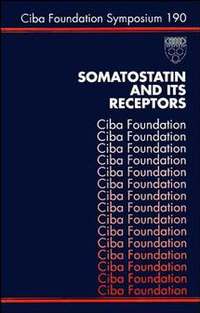
Полная версия
Gap Junction-Mediated Intercellular Signalling in Health and Disease
Gap junctions are key elements in communication between cells in multicellular organisms. It is clear that their activity is essential for normal embryonic development and normal function in adult organs, although the individual roles of the proteins that form the channels (connexins) are not yet fully understood. The last few years have seen considerable progress in this field and exciting new issues concerning gap junctional intercellular communication are being raised. Perturbed gap junction activity is beginning to be linked to certain pathologies, e.g. mutations in the major connexin of the heart have been found in human patients suffering from visceroatrial heterotaxia syndrome and mutations in the gene encoding another connexin have been found in patients with Charcot-Marie-Tooth disease. This book is the first to highlight the recent progress in understanding gap junction structure and to discuss the specific roles of individual connexins. It features contributions from an interdisciplinary group of experts who review the role of gap junctions in the heart, the retina and lens, the auditory system, the reproductive system, and in cell proliferation and cancer. The book will appeal to people interested in cell and molecular biology, embryonic development, neurobiology, cardiology, gynaecology and oncology.









